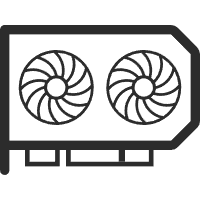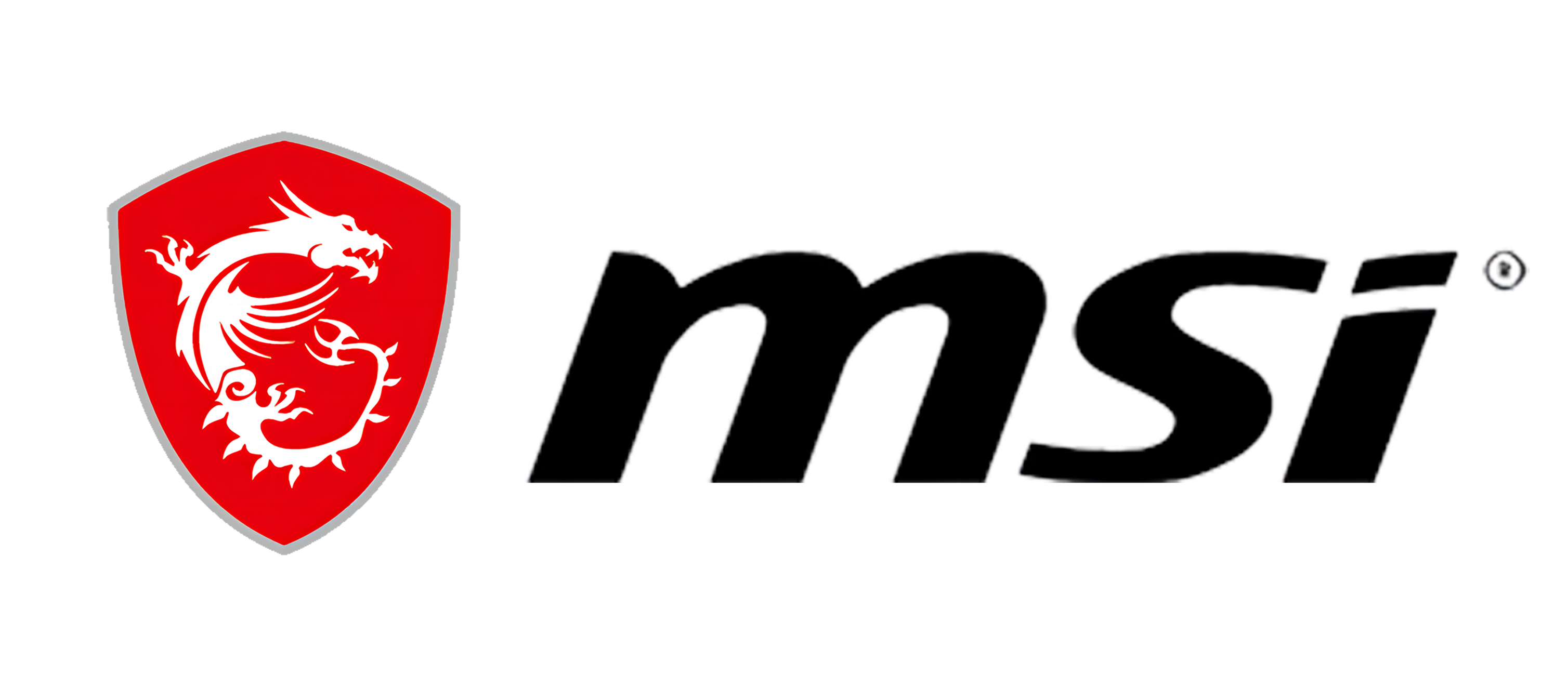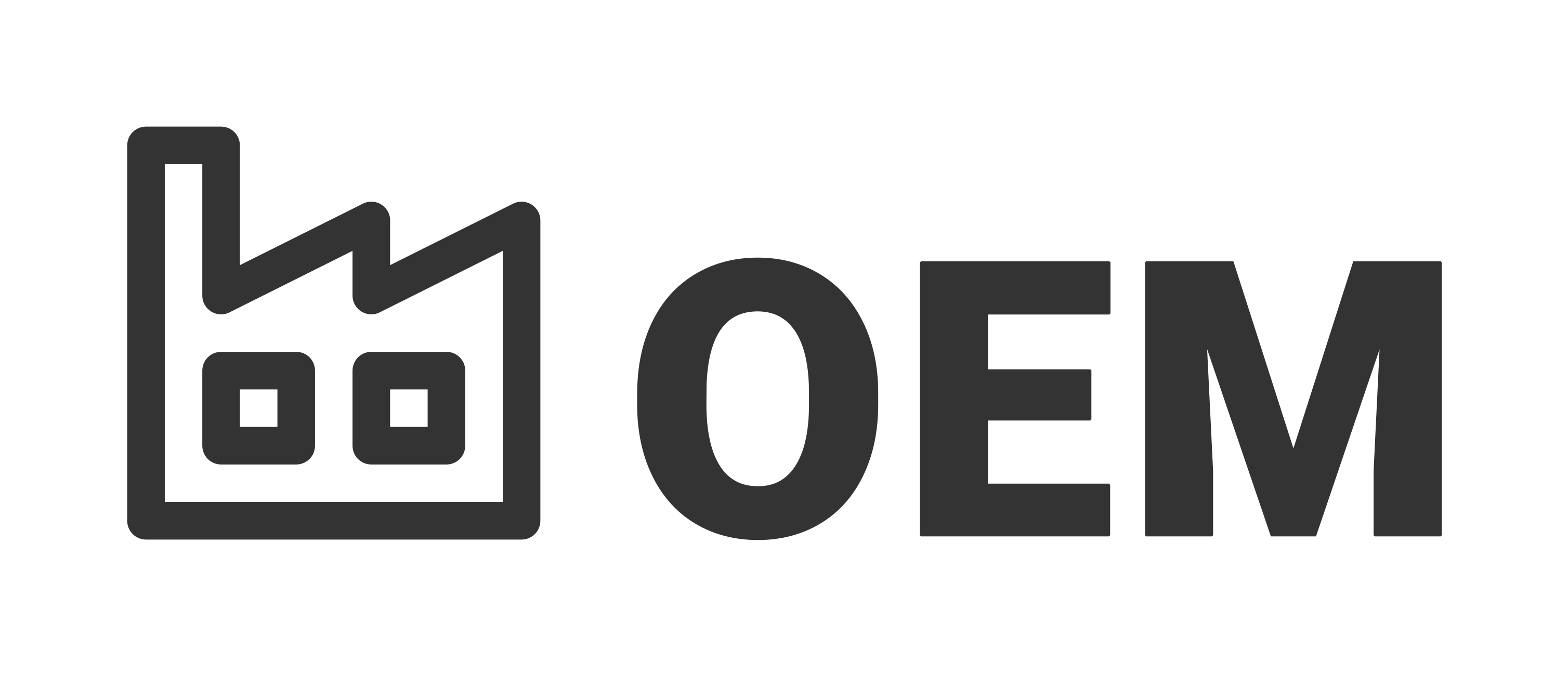In the fields of high-performance computing (HPC) and artificial intelligence (AI), NVIDIA GPUs have long played the role of technological enablers, with their product iterations directly defining the industry's computing power ceiling. Recently, informed sources disclosed that NVIDIA is developing an AI chip (tentatively named B30A) for the Chinese market based on the latest Blackwell architecture. Its performance surpasses the currently approved HGX H20 for sale in China, and it adopts a single-chip design to balance compliance and computing power requirements. This article will focus on five GPUs—B30A (rumored), HGX H20, H100, B200, and B300 (Ultra)—to compare these "Five Tiger Generals" in terms of architecture, performance, memory, packaging, and application scenarios, ultimately determining which one is your "true destined GPU."
Architecture Design Two Generations of Technological Leap from Ampere to Blackwell
GPU architecture is the core determinant of computing power density, energy efficiency ratio, and scenario adaptability. The five products belong to two distinct generations of technological systems, with significant differences:
1.Previous Generation Architecture (Ampere/Hopper): The "Cornerstone" of Mid-to-High-End Computing Power
● Ampere Architecture (A100): By introducing the 2nd Generation Tensor Core (supporting TF32 precision), it achieves a doubling of AI inference/training efficiency while optimizing FP32 high-precision computing performance. It has become the mainstream choice for "general-purpose computing power" in data centers and is widely used in enterprise-level AI deployments and small-to-medium-scale scientific computing.
● Hopper Architecture (H100, H20): The core upgrades include support for FP8 precision (4x improvement in AI efficiency) and the DPX instruction set (3x improvement in FP64 performance compared to Ampere). It also introduces NVLink 4.0 technology to enhance multi-GPU interconnectivity, making it the "benchmark product" for current HPC (e.g., quantum chemistry, fluid dynamics) and high-end AI training (large models with hundreds of billions of parameters).
2.Latest Architecture (Blackwell): The "New Engine" for AI and HPC Integration
B30A (rumored), B200, and B300 (Ultra) are all based on the Blackwell architecture, which is designed for the integrated scenario of "large AI models + high-precision computing." Key optimizations include:
● Blackwell Ultra Microarchitecture: Improves instruction parallelism, with single-core computing power density doubling compared to Hopper.
● Unified Multi-Precision Computing Scheduling: Natively supports full precision levels (FP4/FP8/FP16/BF16/FP32/FP64), enabling seamless scenario switching without software adaptation.
● Design Differences: B30A adopts a single-die solution (core circuits integrated on a single silicon wafer), delivering approximately 50% of the performance of the multi-die B300 to meet specific market export control requirements. B200 and B300 (Ultra) use Chiplet multi-die integration designs, stacking 8 computing cores (B200) or 12 computing cores (B300 Ultra) to achieve exponential improvements in computing power density.
Performance Multi-precision computing scenario adaptation logic
GPU performance must be analyzed in conjunction with "computing precision," as different precisions correspond to different application scenarios (low precision emphasizes AI efficiency, while high precision prioritizes computational accuracy). The performance differentiation among the five products is clear:
B30A: While it may not match the H100 or B300 Ultra in FP64 high-precision "research-grade tasks," it shines in AI-friendly "economical precision" levels like FP8/INT6 and BF16! Perfect for medium-scale AI projects—high efficiency at a lower cost.
HGX H20: It's relatively "low-key" in low-precision computing but excels in FP32 high-precision calculations, solidifying its position as a "powerhouse" for data center scientific computing and complex AI models.
H100: As the former flagship, it's an "all-round ACE," with particularly outstanding FP64 precision and Tensor Core performance, remaining the "safe bet" for high-performance computing and AI applications.
B200 & B300 (Ultra): These two siblings have "shattered the ceiling" in multi-precision computing! The B200 is a powerhouse in FP4, FP8/INT6, and BF16, acting as a "bulldozer" for large-scale AI training and inference. The B300 Ultra is even more extreme, especially in FP4 and FP8/INT6, delivering jaw-dropping computational power—a true "computing behemoth" designed for the most complex tasks.
Memory and Bandwidth Key Bottleneck Breakthrough for Computing Power Unleashing
Memory capacity determines the amount of data the GPU can process at once, while bandwidth determines the data transfer speed. Together, they influence the efficiency of large-scale tasks. The configuration differences among the five products directly correspond to their intended use cases:
B30A: Equipped with 144GB HBM3E + 4TB/s bandwidth, it fully handles medium-scale AI projects with ample memory capacity—truly impressive.
HGX H20: With 96GB HBM3E + 4TB/s bandwidth, its capacity is slightly lower than the B30A, but it still excels in high-precision computing.
H100: Featuring 80GB HBM3 + 3.35TB/s bandwidth, it strikes a balance between capacity and bandwidth, making it a reliable partner for high-precision tasks.
B200 & B300 (Ultra): These two unleash "beast mode"! B200: 192GB HBM3E + 8TB/s bandwidth; B300 Ultra: 288GB HBM3E + 8TB/s bandwidth. Processing ultra-large-scale data? A piece of cake! They are the key to soaring computational efficiency.
Packaging Technology The Art of Balancing Cost and Performance
Packaging technology determines chip integration, thermal efficiency, and mass production costs. The differences in packaging solutions for the five products reflect a precise "scenario-cost" matching:
B30A, HGX H20, H100: All opted for CoWoS-S packaging. This mature and reliable technology is particularly suitable for single-chip designs, striking a perfect balance between cost and performance—making it the "cost-effective packaging" for data centers.
B200 & B300 (Ultra): Upgraded to CoWoS-L packaging! This technology is designed for multi-chip configurations, ultra-large sizes, and high-memory modules, offering higher performance ceilings. Of course, the "luxury packaging" also means a significant increase in costs.
Application Scenarios and Selection Recommendations So many GPU cards, which one to choose? It depends on what you need to do: ● B30A: Targets specific markets (e.g., China), optimized for AI training/inference. With moderate performance and memory, it's the "budget-friendly boyfriend" for mid-scale AI projects. ● HGX H20: The "workhorse" of data centers, excelling in large-scale parallel computing, scientific computing, and complex AI models. ● H100: The former "top dog," perfect for high-performance computing and high-precision AI tasks (e.g., research, deep learning). A "safe and steady" choice. ● B200: The "super bulldozer" for large-scale AI training/inference, with high computing power and bandwidth, built for handling massive datasets. ● B300 (Ultra): The "ultimate form" at the peak of computing power today—designed to tackle the most challenging scientific computing and deep learning tasks (if your budget allows). Summary: Choose your graphics card based on your needs—options vary by budget, so assess your requirements and act within your means! NVIDIA’s "Five Tigers" each have their unique strengths: The B30A (rumored) is the "sweet spot" for mid-tier AI projects; the HGX H20 is the "powerhouse" for high-precision computing; the H100 is the "all-rounder" and former flagship; the B200 is a "training beast" like a bulldozer; while the B300 Ultra stands as the "ceiling of computing power," crushing everything in its path. The differences among NVIDIA’s five GPUs essentially stem from "technological iteration + scenario specialization." The architectural leap from Ampere to Blackwell reflects the industry trend of "prioritizing AI computing efficiency," while the tiered design of memory and packaging offers precise choices for users with varying scales and budgets. The core selection logic is "scenario matching"—there is no "absolute best" GPU, only the product that "best fits your task requirements." We hope this analysis helps you avoid the "spec trap" and achieve efficient utilization of computing resources. 3DSTOR is a global IT component supplier that has been established for many years and has established long-term and stable cooperative relationships with top well-known brands such as Intel, AMD, Nvidia, Western Digital, and MSI. The main products include servers, motherboards, graphics cards, CPUs, hard drives, etc.We have long been focused on serving the global B2B market, providing a variety of AI/ML/HPC solutions, and can provide one-stop procurement services for IT hardware customers with different needs. We promise that our products are 100% brand new and original, and we will also conduct technical testing on the products before shipping.





















.png)
